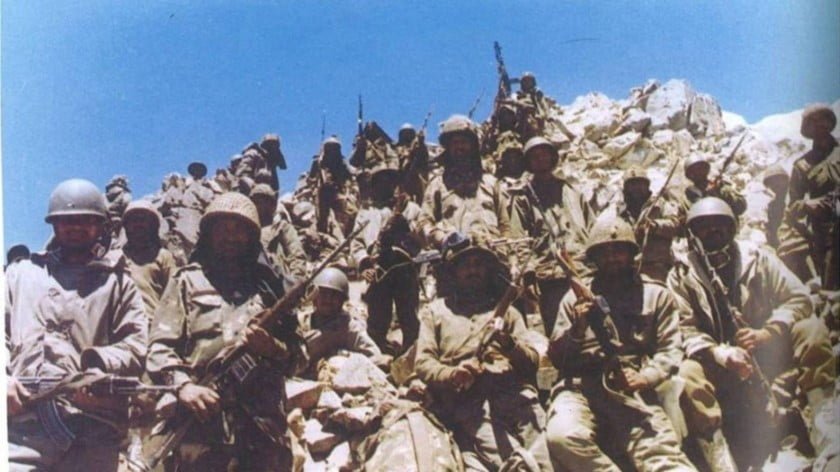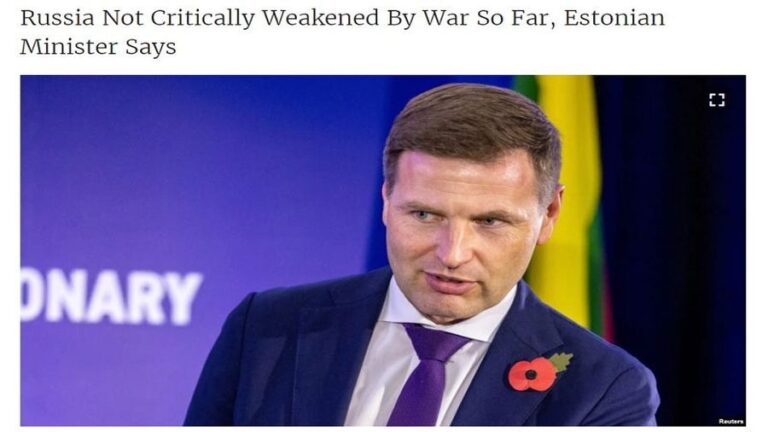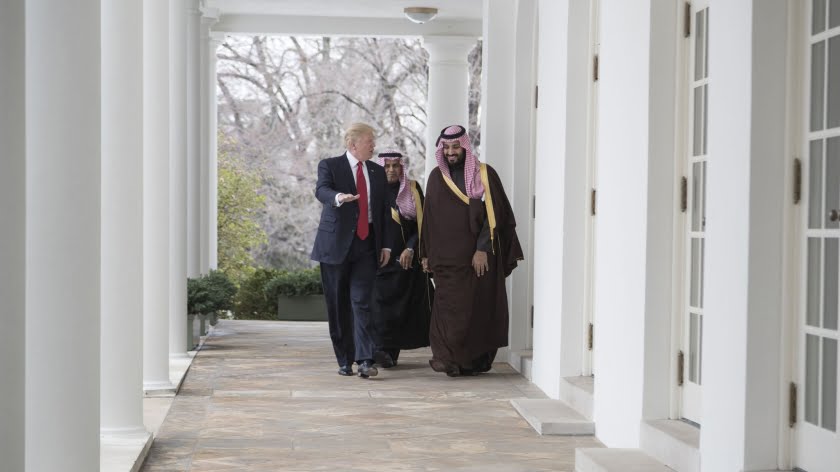Mediation Is the Way Forward for Kashmir
It so happened that when the most recent Kashmir crisis broke on 5 August I was at a gathering of the UN Blue Berets of Kashmir. We served together in that beautiful but now chaotic region 39 years ago and have had a reunion almost every year since then. We have rarely been able to discuss good news about Kashmir, because there hasn’t been any.
The August decision by India’s ultra-nationalist Prime Minister to unilaterally change the status of the territory is only one of the many disasters to befall it in the seventy years since the Muslim majority state, the fiefdom of a Hindu Maharaja, was allocated to India by the colonial British who in 1947 had been forced to grant independence to India, resulting in creation of the separate nations of Pakistan and India which disagree about the status of the territory.
Before examining the Indian government’s recent actions, a most important aspect of the Kashmir dispute has to be clarified. It concerns the matter of bilateralism as interpreted by India. This was indicated, for example, by the newspaper the Chandigarh Tribunewhich stated on 8 August that “UN chief Antonio Guterres has recalled the Simla Agreement of 1972, a bilateral agreement between India and Pakistan that rejects third-party mediation in Kashmir after Islamabad asked him to play his ‘due role’ following New Delhi’s decision to revoke Jammu and Kashmir’s special status.”
The Tribune is one of India’s best newspapers. Its reports are usually factual, objective and well-written. But it is flat wrong in its contention that the Simla Accord “rejects” third party mediation about Kashmir, because it most certainly does no such thing.
The Tribune was retailing the policy of the Indian government whose External Affairs Minister Subrahmanyam Jaishankar announced on 2 August that he had “conveyed to American counterpart Mike Pompeo, this morning in clear terms, that any discussion on Kashmir, if at all warranted, will only be with Pakistan and only bilaterally.” India has for decades insisted that involvement of any third party is not permissible and that there can be no mediation.
It is obvious why India refuses to countenance mediation — because it is almost certain that any independent, objective mediator would make the point that UN Security Council agreements still apply to the territory, and that none of them, most notably the matter of a plebiscite, have been annulled or in any manner diluted. As the BBC has noted, “In three resolutions, the UN Security Council and the United Nations Commission in India and Pakistan recommended that as already agreed by Indian and Pakistani leaders, a plebiscite should be held to determine the future allegiance of the entire state.”
But it is India’s relentless and wilful misinterpretation of its existing accord with Pakistan that is the greatest blockage in the path to reconciliation.
The Simla Agreement between India and Pakistan was signed by Prime Minister Indira Gandhi and President Zulfiqar Ali Bhutto following the 1971 war between the countries, which resulted in creation of Bangladesh, formerly East Pakistan. It lays down that “the principles and purposes of the Charter of the United Nations shall govern the relations between the two countries” and “the two countries are resolved to settle their differences by peaceful means through bilateral negotiations or by any other peaceful means mutually agreed upon between them . . .”
First, the mention of the United Nations, which is important because the UN Charter states in Paragraph 33 that “The parties to any dispute, the continuance of which is likely to endanger the maintenance of international peace and security, shall, first of all, seek a solution by negotiation, enquiry, mediation, conciliation, arbitration, judicial settlement, resort to regional agencies or arrangements, or other peaceful means of their own choice.”
Mediation and arbitration are proposed, and the Simla Accord does not in any way discount or reject them. Its statement “That the two countries are resolved to settle their differences by peaceful means through bilateral negotiations or by any other peaceful means mutually agreed upon between them” is quite clear that by inclusion of the phrase “or by any other peaceful means” that mediation is not excluded.
India is intent on becoming a permanent member of the UN Security Council, but this will be impossible if it continues to ignore the content of the UN Charter Chapter 1, Article 1, Paragraph 1, which says its aim is “To maintain international peace and security, and to that end: to take effective collective measures for the prevention and removal of threats to the peace, and for the suppression of acts of aggression or other breaches of the peace, and to bring about by peaceful means, and in conformity with the principles of justice and international law, adjustment or settlement of international disputes or situations which might lead to a breach of the peace.”
It is difficult to see how India’s inflexible opposition to international mediation can benefit India or — much more importantly — the twelve million inhabitants of Indian-administered Kashmir. The decision by Prime Minister Modi to annul Article 370 of the Constitution and thus abolish the special status of Indian-administered Kashmir was simply a movement in his ultra-nationalist campaign to ensure supremacy of Hindus. Since 1948 the Article has meant that the territory’s citizens have their own Constitution, their own laws, and the right to property ownership, with non-Kashmiris not being permitted to buy land. It is this last that is a major life-changer for the region, because southern Hindus will now be encouraged to by land and property, and gradually (or perhaps not-so-gradually) displace the Kashmiris themselves.
Modi promised “new opportunity and prosperity to the people” — but if he thought, before he made the announcement about annulment of citizen’s rights, that this would be greeted with enthusiasm and that his policy would indeed benefit the people of the territory, then why did he send “tens of thousands of Indian troops . . . in addition to the half a million troops already stationed there”? Why did the Central Government “shut off most communication with [the territory], including internet, cellphone and landline networks”?
Obviously he was expecting resentment from every Kashmiri. And he got it.
Even the news outlet India Today was slightly bemused, and three days before the Modi decision was made public reported that “In the past one week, the Narendra Modi government has decided to send an additional 38,000 troops to the Kashmir Valley in two batches — 10,000 and 28,000. This follows a statement by the home ministry in Parliament that the situation has improved in Kashmir Valley.” In other words the Central Government was well aware that the Constitution decision would provoke anger and bitterness on the part of Kashmiris and was well-prepared to take military action to crush any manifestation of discontent.
The New York Timesobserved that “Clamping down on millions of people is an extraordinary step for the world’s largest democracy. . . As tensions have risen in recent days, groups of young men, full of years of pent-up frustration, have squared off with soldiers, hurling rocks and ducking buckshot. Security forces arrested more than 500 people and put them in makeshift detention centres.”
On 9 August a reporter for the UK’s Guardian managed to find out that because of the clampdown on communications “people cannot call relatives, or call ambulances if there is an emergency. Public transport is not running, which means those with health problems can only get to a hospital if they have a car – and even then they struggle to get far. Across the city, many roads are permanently blocked by loops of barbed wire. At checkpoints, people – including families with children – can be seen pleading with police to let them pass. Most people, nervous that tensions were building last week, had stocked up on food and essentials, but it’s not known how long the curfew will last.”
On 10 August the BBC’s reporter filed that “Thousands of people took to the streets in Srinagar after Friday prayers, in the largest demonstration since a lockdown was imposed in Indian-administered Kashmir. The BBC witnessed the police opening fire and using tear gas to disperse the crowd. Despite that, the Indian government has said the protest never took place.”
Welcome to the Occupied Territory of Kashmir.
India and Pakistan continue to claim the whole of Kashmir, but neither government can seriously believe that any mediation tribunal would judge this to be appropriate. There would be compromise — the sort of compromise that India and Pakistan are incapable of reaching on their own.
If ever mediation was needed, it is now, before there is eruption that could lead to nuclear war between India and Pakistan.
By Brian Cloughley
Source: Strategic Culture







